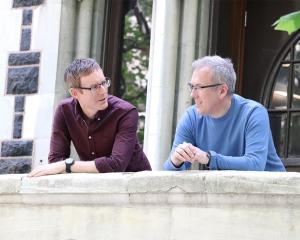University of Otago volcanologist Dr Marco Brenna has been to the area of Tonga that is now the focus of world attention and concern.
He was part of a team that studied the rocky Hunga-Tonga and Hunga-Ha’apai islands in 2015 and a cone that had recently emerged and connected the islands.
Dr Brenna was somewhat surprised by the explosiveness of the eruption at the weekend and he could see from satellite imagery that the area of his visit had been obliterated.
"It’s astonishing to see such a large eruption," Dr Brenna said.
"It escalated at very short notice."
He described the partial collapse of the volcanic edifice summit.

This destroyed the cones built by 2014-15 and December 2021 eruptions, as well as large portions of the two islands, Dr Brenna said.
Saturday’s eruption would have liberated large amounts of energy stored in the shallow magmatic system, Dr Brenna said.
It was unlikely more eruptions on a similar scale would occur, he said.
"As the volcanic edifice will have become unstable, however, it is possible that further collapses will occur, generating tsunamis," Dr Brenna said.
The impact could be relatively long-lasting, depending on how much volcanic ash had settled on land.
"Volcanic ash, despite the name, is dense as rock and can cause significant damage to structures, power lines and communications.
"It is also toxic because it contains chemicals such as sulfur, chlorine or fluorine, and it can therefore affect water supplies."
Dr Brenna said inhaling ash could damage people’s lungs.
Large amounts of volcanic particles suspended in the water could affect fisheries, he said.
New Zealand’s volcanoes were well monitored and this put the country in a better position to prepare or respond if a very large eruption was to occur here.
Only Whakaari/White Island had the potential to generate tsunamis.











